The idyllic wine region that Italy keeps to itself
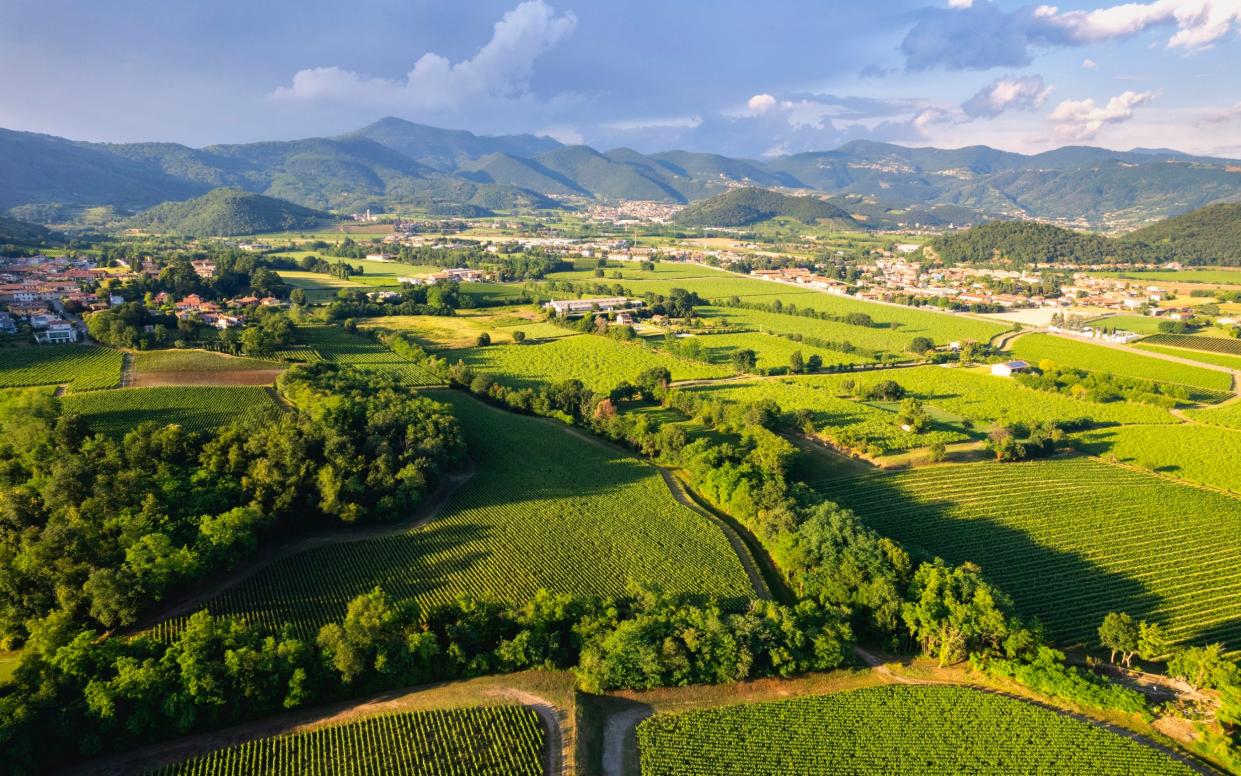
Thanks to Andrew O’Hagan’s new novel, the Caledonian Road in London is currently multitasking as a literary metaphor. But amid its real-life shops is AperiDeli, where every so often locals – including me – crowd in alongside thoroughly Italian packets of pasta for cheerily informal wine tastings. At one of them I attended, owner Stefano Cossalter started off with a delectable sparkling rosé. Fabulous, I thought, until I saw the £25 price tag.
Fast-forward some months and I found myself 800 miles away at the source, staying at the ivy-covered, infinitely charming L’Albereta. This 53-room boutique hotel, part of Relais & Châteaux, is located near the town of Ebrusco in Lombardy, between Milan and the border with Switzerland. The vast majority of my fellow guests were Italian; the only other British guests a couple there for their nephew’s wedding.
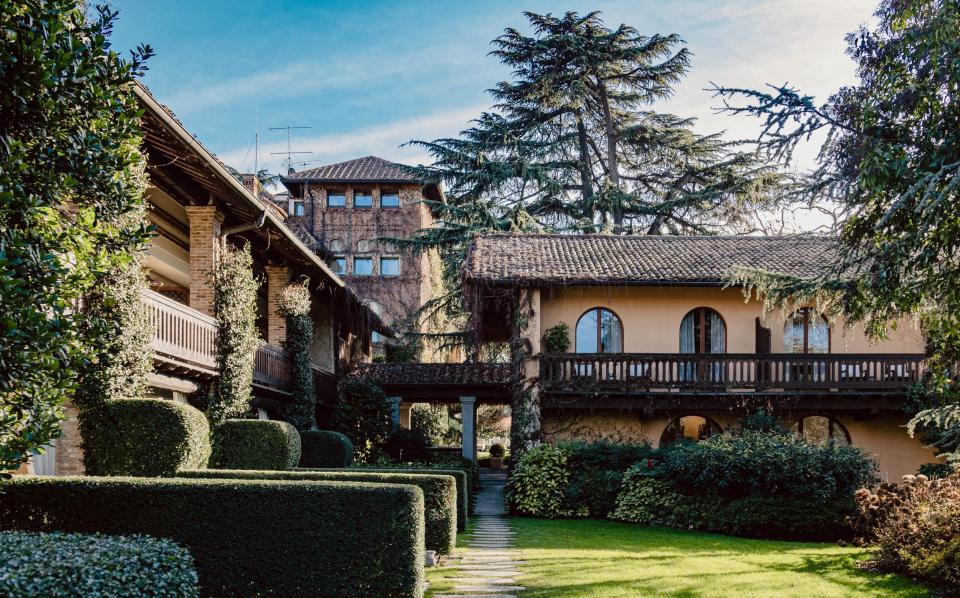
I clocked them while both admiring the fine bubbles of my glass of Bellavista Franciacorta and the way the sun dappled through both the palm and pine trees on the terrace of Stanza 54, the hotel’s bar. “Unlike Champagne, you definitely get a view here,” said one of them. He was not wrong. In the far distance was snow-topped Monte Guglielmo, then the deep blue of Lake Iseo, while in the foreground were rows of vines, buds unfurling to start a lengthy journey towards my glass.
L’Albereta is warm-hearted and mildly eccentric and was once a hunting lodge, with parts dating from the 19th century. It’s full of pattern and verve with gardens that mix sculptures and roses in profusion. Fully Italian dishes – carpaccio, gnocchi with radicchio, lamb with tiny globe artichokes – emerge from LeoneFelice, its Michelin-starred restaurant, which is newly helmed by young chef Fabio Abbattista.
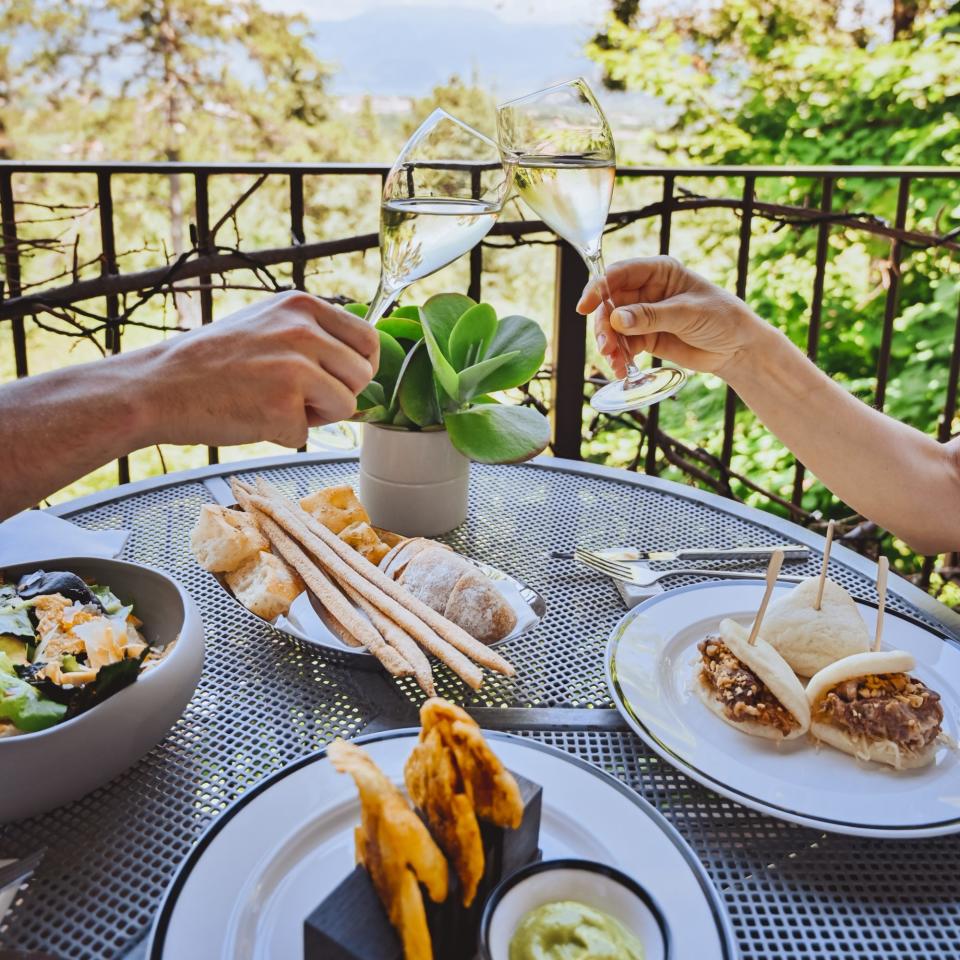
Sharing this hill is the aptly-named Bellavista vineyard; both the hotel and winery are owned by Vittorio Moretti, one of the leading names in Franciacorta wine. A 15-minute stroll through the vines and woodland and you reach the winery area where the cellars were created by burrowing deep into the hills to create the right temperature and humidity. Around six million bottles are stored here, each one rotated over 360 degrees by hand to ensure the finest fermentation.
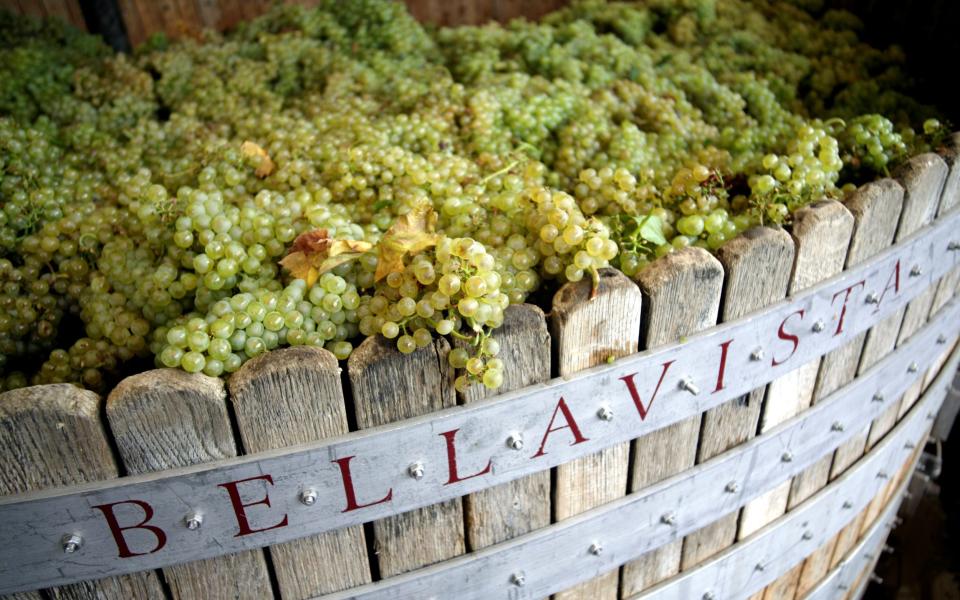
Unlike prosecco, which generally moves rapidly from tank to bottle and then supermarket shelves, Franciacorta wine is matured, first in oak barrels and then bottles, for at least 18 months and up to six or seven years for the Riserva categories. Prosecco uses the glera grape, while Franciacorta wine uses pinot nero, pinot bianco and chardonnay (or satèn as it is called here), fermenting them in the metodo classico way – like champagne. Champagne produces around 300 million bottles of its namesake bubbles a year, Franciacorta just 20 million – and the vast majority gets drunk in Italy. Prices are – in general – roughly in line with Champagne. You can get cheap bottles of Franciacorta in the supermarket for around 15 euros, while the priciest head into the hundreds.
It only takes about an hour to reach Franciacorta from Milan by car and in recent years, the area has become a weekend escape for discerning Milanese. Which, in turn, has produced an increasing number of boutique hotels, restaurants and enotecas. September now also sees an annual Franciacorta Festival where the harvest is rounded off with parties, music (DJs for the cooler wineries; jazz for the more mainstream ones) and, above all, food.
Late last year, Ca’ del Bosco, one of the oldest and most prestigious Franciacorta wineries, opened a striking new building designed by Gabriele Falconi that has regular tours. More and more wineries in the region offer a combination of tours and tastings, including Contadi Castaldi, where for 30 euros you get to tour the winery, sample three different wines, nibble on snacks and ask questions. “What about using Franciacorta with Aperol?”, I decided to ask the chief winemaker Gian Luca Uccelli. His beautiful Italian manners faltered for a moment. “We’d really rather you didn’t,” he said after a slightly painful pause.
There are also walks and cycling routes between vineyards (with e-bikes available should you wish to minimise the exertion). What you won’t find is the ancient cellars you get in Reims. In many cases, Franciacorta’s wineries are housed in industrial buildings (Contadi Castaldi uses a former foundry). Still, there’s enough history in the lakeside town of Iseo, a 20-minute drive from L’Albereta, where pastel-coloured buildings and passiagata-minded walks on the waterfront contrast with 12th-century churches and Roman remains and courtyards. In summer, Iseo has lidos and other swimming areas, while foot passenger ferries trundle over to Monte Isola in the centre of the lake (population 1,800, along with some very nice restaurants).
The first bottle of Franciacorta was produced in 1961 and the area given to its production is just 3,000 hectares, but vineyards seem to cover every inch of available land. In contrast to Champagne’s limestone-based terroir, Franciacorta has six different subsoils, thanks to some handy glacier action around two million years ago. And the taste difference? After tasting my way through three different producers and nine different Franciacortas, if champagne has a biscuit-y acidity, Franciacorta is mellower even though the sugar levels are generally lower than champagne, and much lower than prosecco. Despite pleasing minerality, there’s a sense of generosity that befits the warmer temperatures of the region and yes, I can – after my very diligent research – see exactly why Italians are reluctant to let too much Franciacorta leave its shores.
However, Italians, who make up the vast majority of visitors to Franciacorta, tend to head to their country’s coast and islands in summer and, as a result, hotel prices don’t rocket. And with harvest being gathered around August time – with farmers on workhorse tractors transporting the grapes to local wineries for pressing – the pace of life is generally slow.
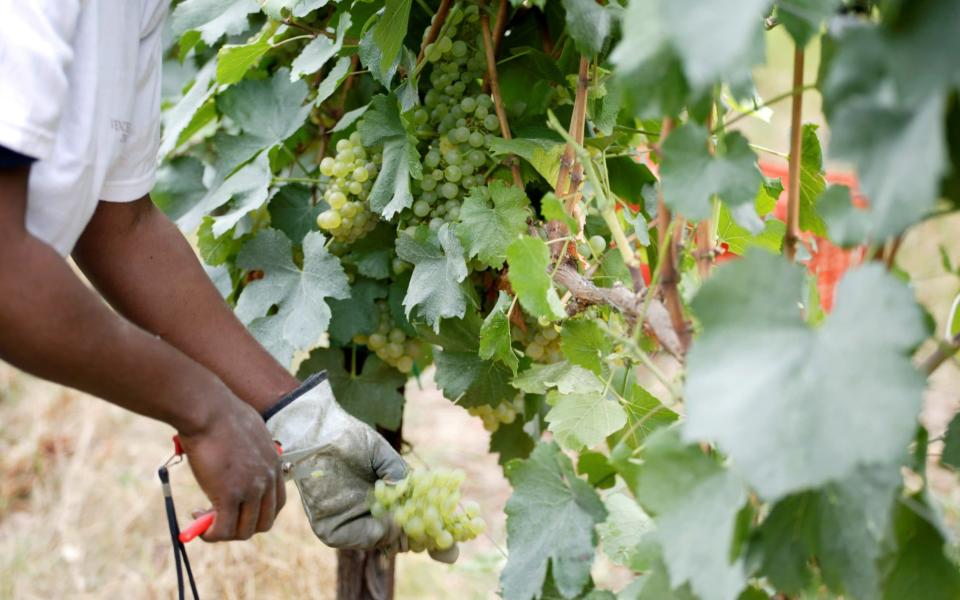
Franciacorta feels like everything we British might want from a wine-fuelled getaway. It’s even delightfully easy to get to: Milan Bergamo, serviced by Ryanair, is just a 30-minute drive from Ebrusco. I, however, opted for the more distant Milan Linate airport. Why? Because Milan Linate no longer has liquid restrictions, meaning that I could return to the Caledonian Road with a nice collection of bottles in my hand luggage.
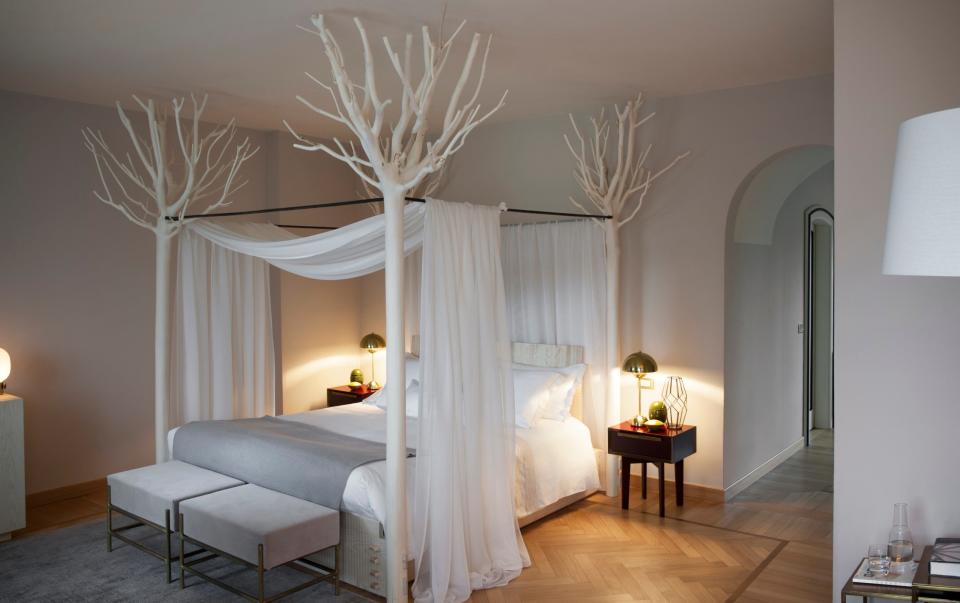
Essentials
Sarah Turner was a guest of L’Albereta (00 39 030 776 0550; albereta.it), which offers doubles from €360 (£308), including breakfast.

